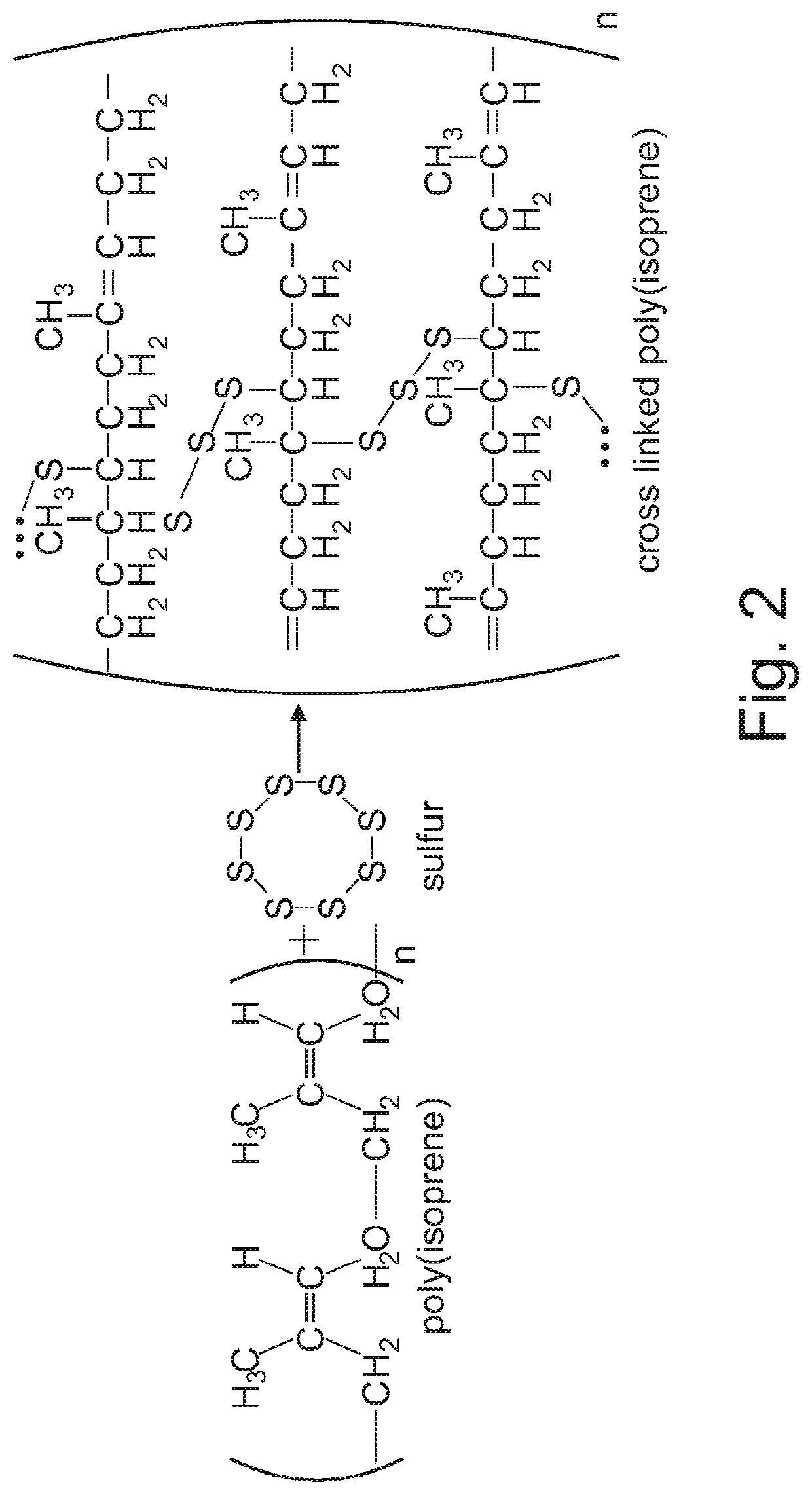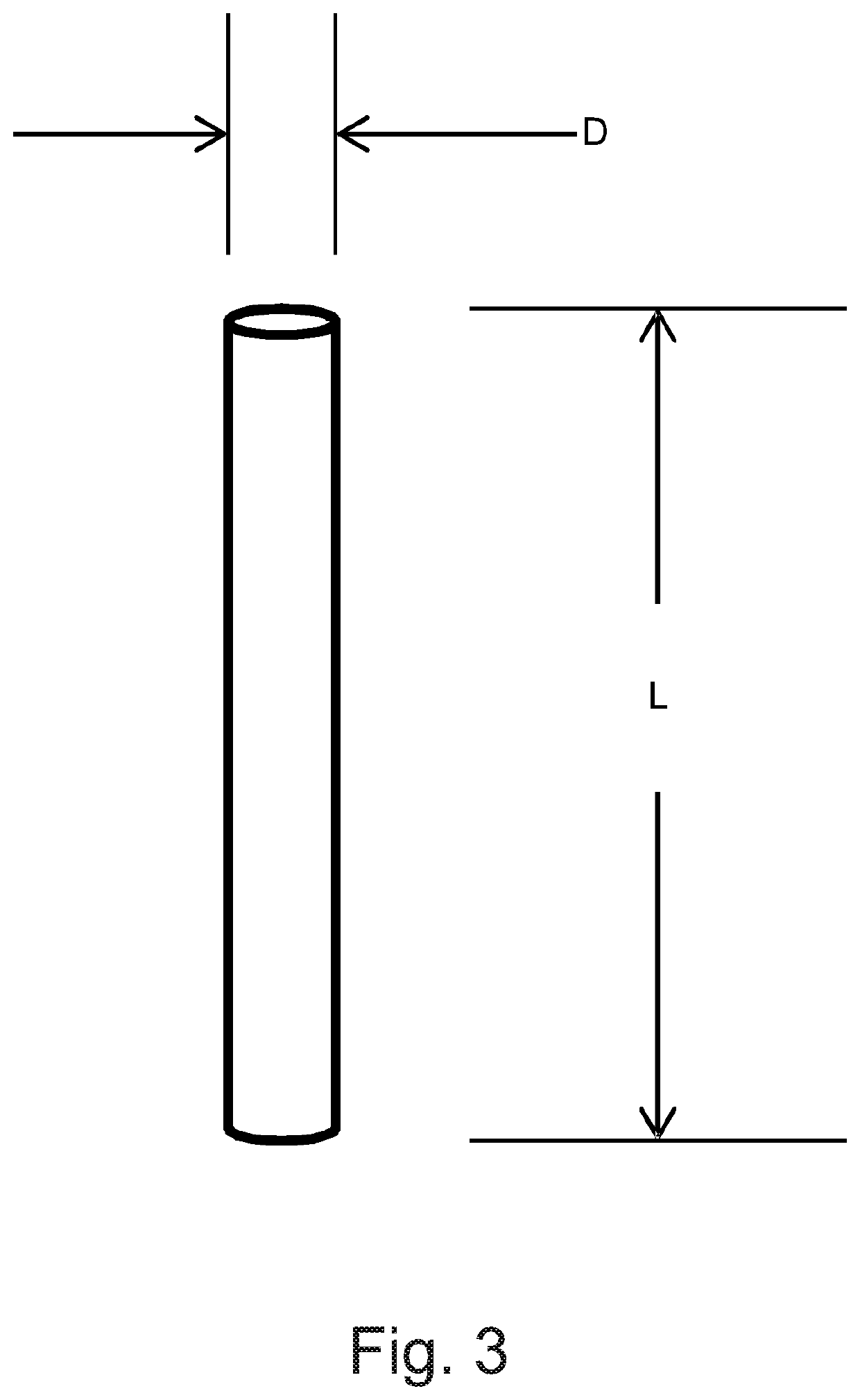Method for manufacturing a rubber pellet, a rubber pellet as well as a product manufactured from such rubber pellet
a technology of rubber pellets and rubber pellets, which is applied in the field of recycling rubber, can solve the problems of large residual rubber powder remaining, difficult to handle, and not meeting the requirements of known uses, and achieves the effect of increasing the use of excess materials
- Summary
- Abstract
- Description
- Claims
- Application Information
AI Technical Summary
Benefits of technology
Problems solved by technology
Method used
Image
Examples
Embodiment Construction
[0012]According to the invention, the objective is achieved through a method for manufacturing a rubber pellet containing a high concentration of rubber, comprising[0013]a. providing residual rubber powder from a rubber disintegration process;[0014]b. providing a pelletizing system, including a pelletizer and a cooling device;[0015]c. feeding the residual rubber powder as at least part of a feed material, into a pelletizer[0016]d. providing the rubber powder in an amount between 50% and 100%,[0017]e. applying a pressure to the residual rubber for a predetermined process duration;[0018]f. releasing the pelletized rubber and cooling the pelletized rubber at a cooling rate dependent on the operational temperature of the pelletizer.
[0019]By providing residual rubber powder from a grinding process, and providing a pelleting system, which includes a pelletizer and a cooling device, the method results in rubber pellets containing a high concentration of rubber. By feeding the residual rubb...
PUM
| Property | Measurement | Unit |
|---|---|---|
| grain size | aaaaa | aaaaa |
| grain size | aaaaa | aaaaa |
| temperature | aaaaa | aaaaa |
Abstract
Description
Claims
Application Information
 Login to View More
Login to View More - R&D
- Intellectual Property
- Life Sciences
- Materials
- Tech Scout
- Unparalleled Data Quality
- Higher Quality Content
- 60% Fewer Hallucinations
Browse by: Latest US Patents, China's latest patents, Technical Efficacy Thesaurus, Application Domain, Technology Topic, Popular Technical Reports.
© 2025 PatSnap. All rights reserved.Legal|Privacy policy|Modern Slavery Act Transparency Statement|Sitemap|About US| Contact US: help@patsnap.com



